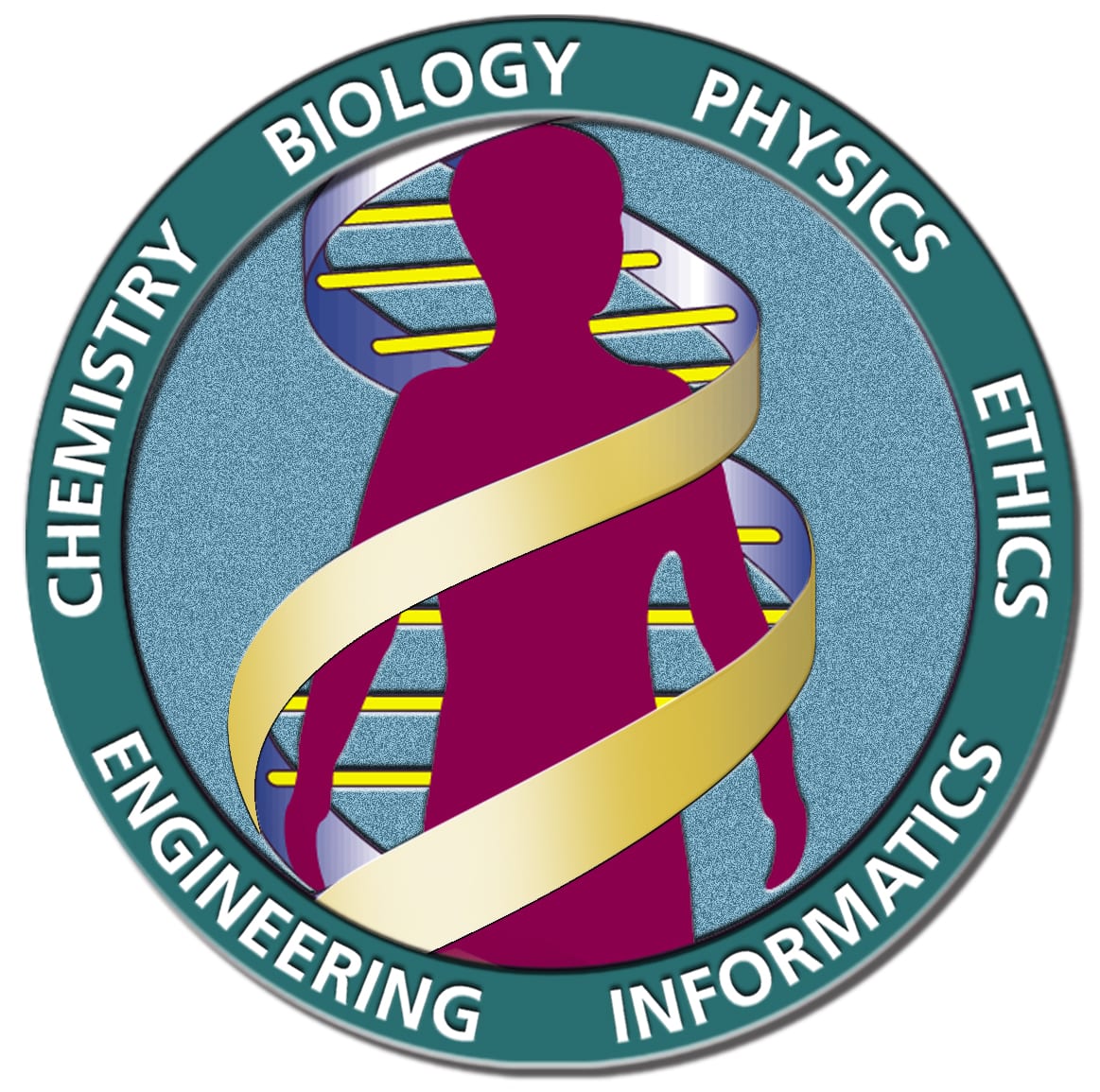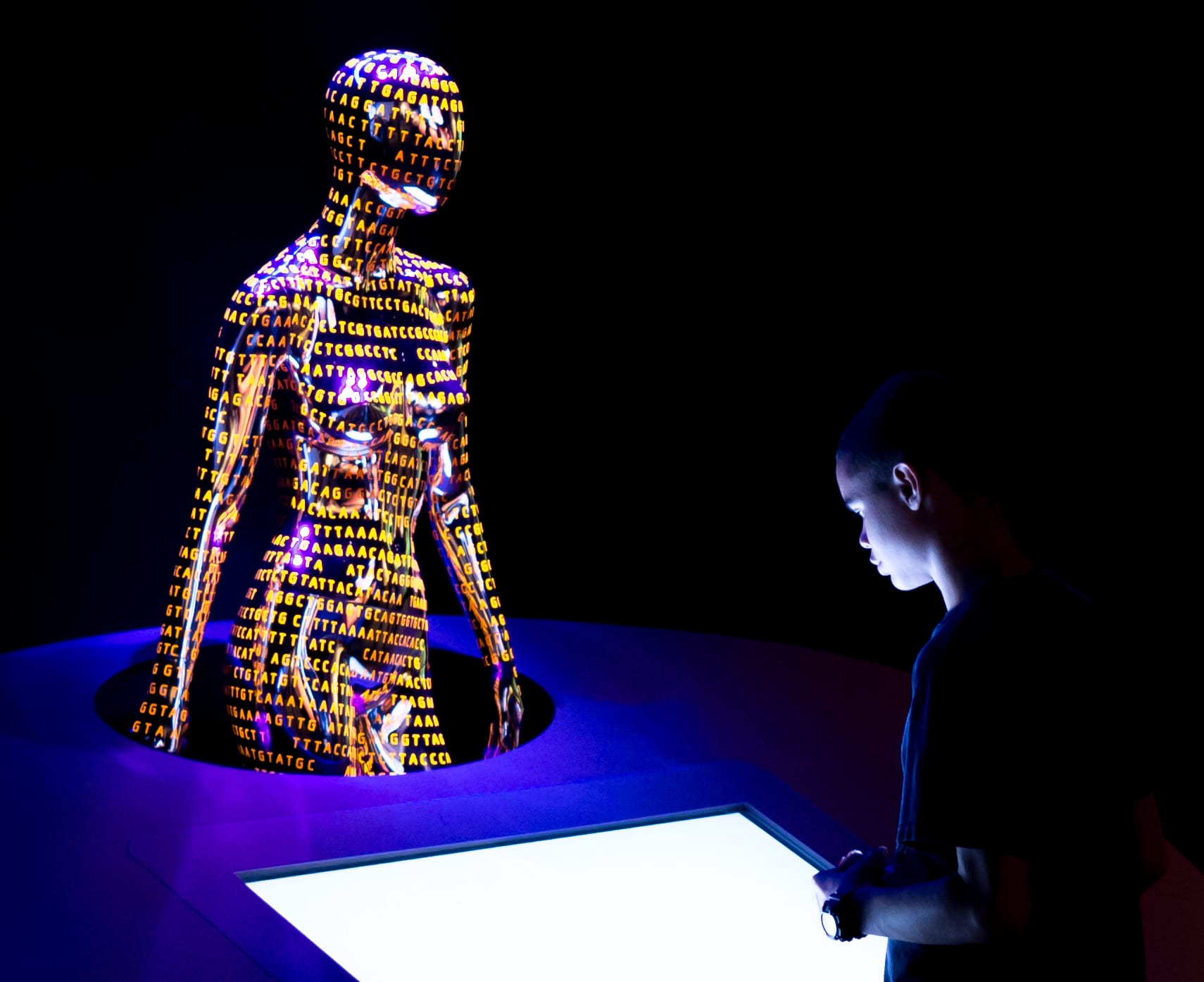It wasn't that long ago when scientists discovered the key to what makes us who we are. We're familiar with deoxyribonucleic acid (better known as DNA) as the molecule responsible for inheritance, but it was only discovered 63 years ago.
It's astounding that we've come so far in only a few decades. Rapid advances in the field allowed the first human genome to be sequenced in the 90's; a feat that cost over $150 million. Today, anyone can have their own genome sequenced for about $1000, or have their mutations analyzed for only $200! Thanks to these new advancements in genetic technology, we can better understand our inheritance, our evolutionary ancestry, and our genetic diseases.
There is still a lot we don't understand about our DNA, and so a group of scientists have just announced in Science what they believe to be the next crucial step in human genetic research: The Genome Project-write.
Genome Project-Write is a logical extension of the more well-known Human Genome Project. The original goal of this massive project at its start in 1990 was to create a reference genome for people by identifying all human genes. At the end of the project in 2003, the project had not only produced a high-quality human reference genome, but major advances in in genetic technology, bioinformatics, and treatments for genetic illnesses.

So if the original Human Genome Project was so successful why is the Genome Project-Write necessary? In short: we are not even close to knowing everything about genomes.
The initial results from the Human Genome Project suggested that up to 97% of our DNA was non-coding “junk DNA.†This idea was soon thrown out when subsequent research revealed little by little that our non-coding DNA is heavily involved in regulating genes that do get expressed. Proponents of Genome Project-write insist that it is important to build full genomes from scratch in order to truly understand the functions of our “junk DNA.â€
Before synthesis of a full genome, however, improvements in the technologies and methodologies for synthesizing larger genomes are needed. Luckily, in only ten years, there may be a thousand-fold improvements in DNA engineering and testing technologies. Much of this will be attributed to a ‘learn as you go' mentality triggered by the start of Genome Project-Write.
Although these improvements are expected within the next ten years, those involved in the Human Genome Project-write presently cannot reap those benefits. Therefore, the focus during this primary phase of the project will be on synthesizing only 1% of the human genome. With these larger human DNA fragments (yes, 1% of the human genome is considered large), scientists can gauge whether engineering a whole genome is realistic.
If the first phase of the Genome Project-write is successful, we can also expect benefits in the medical field. Human cells with altered DNA could be used to grow more suitable organ transplants, improve gene therapy, and provide cells that are a better model for understanding cancer. Notice how none of these examples mention creating new humans from scratch. However, a variety of media platforms have a different idea of what the main goals of the Genome Project-Write are.
Headline after headline is popping up with titles like “…Scientists Announce Plans for Synthetic Human Genomes,†“Let's Synthesize the Human Genome Says HPG-Write†and “Synthetic Human Genome: Cool or Creepy?†These articles largely criticize the Genome Project-Write for not fully addressing ethical concerns of synthesizing a full human genome. They assume that synthesizing a human genome means creating new humans from scratch, a justly concerning sentiment.
Although it may eventually be important to address the ethics of synthesizing full human (and other mammalian) genomes, it is also necessary to take a step back and understand these are not the immediate goals of the Genome Project-write. This primary phase of the project has the following aims:

- To improve DNA engineering and testing techniques to allow for more effective, large scale DNA synthesis,
- To synthesize ~1% of a human genome to assess whole-genome synthesis feasibility and provide larger human genome fragments for further research, and
- To apply knowledge gained from points 1 & 2 to advances in the medical field.
The field of genetics has come so far in the past half century, and advancements are not slowing down. New projects like the Genome Project-write should be surrounded with excitement, not doubt. We still have so much more to learn about ourselves.
 Ellen Krall is an undergraduate at UGA studying Plant Biology. When she's not in classes or at the lab, she enjoys long walks in the State Botanical Garden, being kind of good at several instruments (violin, ukulele, banjo), and naming her Beta fish after famous scientists. Ellen Krall is an undergraduate at UGA studying Plant Biology. When she's not in classes or at the lab, she enjoys long walks in the State Botanical Garden, being kind of good at several instruments (violin, ukulele, banjo), and naming her Beta fish after famous scientists. |
About the Author
- athenssciencecafehttps://athensscienceobserver.com/author/athenssciencecafe/April 17, 2020
- athenssciencecafehttps://athensscienceobserver.com/author/athenssciencecafe/April 12, 2020
- athenssciencecafehttps://athensscienceobserver.com/author/athenssciencecafe/April 3, 2020
- athenssciencecafehttps://athensscienceobserver.com/author/athenssciencecafe/March 30, 2020







